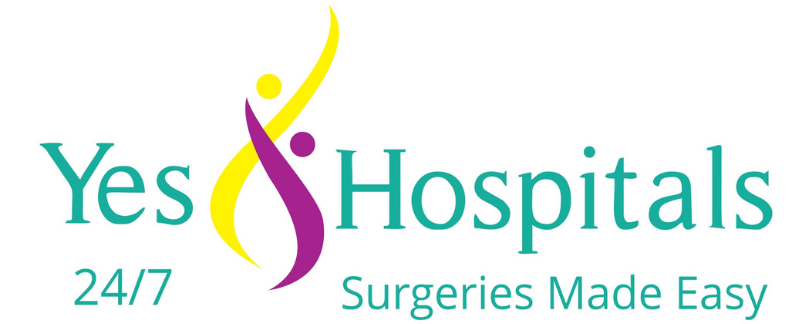Hernia
Hernias are most common in the abdomen, but can also occur in the upper thigh, navel, and groin. Hernias are the not immediately life-threatening, but they do not go away on their own. Sometimes they require surgery to prevent potentially dangerous complications.

TYPES OF HERNIA:
Inguinal hernia
Inguinal hernias are the most common type of hernia. They make up about 70 percent of all hernias, according to the British Hernia Centre (BHC). These hernias occur when the intestines push through a weak spot or tear in the lower abdominal wall, often in the inguinal canal.
The inguinal canal is found in your groin. In men, it’s the area where the spermatic cord passes from the abdomen to the scrotum. This cord holds up the testicles. In women, the inguinal canal contains a ligament that helps hold the uterus in place.
This type of hernia is more common in men than women. This is because a man’s testicles descend through the inguinal canal shortly after birth, and the canal is supposed to close almost completely behind them. Sometimes, the canal doesn’t close properly and leaves a weakened area prone to hernias.
Hiatal hernia
A hiatal hernia occurs when part of your stomach protrudes up through the diaphragm into your chest cavity. The diaphragm is a sheet of muscle that helps you breathe by contracting and drawing air into the lungs. It separates the organs in your abdomen from those in your chest.
This type of hernia is most common in people over 50 years old. If a child has the condition, it’s typically caused by a congenital birth defect. Hiatal hernias almost always cause gastroesophageal reflux, which is when the stomach contents leak backward into the esophagus, causing a burning sensation.
Umbilical hernia
Umbilical hernias can occur in children and babies under 6 months old. This happens when their intestines bulge through their abdominal wall near their bellybutton. You may notice a bulge in or near your child’s bellybutton, especially when they’re crying.
An umbilical hernia is the only kind that often goes away on its own as the abdominal wall muscles get stronger, typically by the time the child is 1 years old. If the hernia hasn’t gone away by this point, surgery may be used to correct it.
Incisional hernia
Incisional hernias can occur after you’ve had abdominal surgery. Your intestines may push through the incision scar or the surrounding, weakened tissue.
Treatment options for a hernia
Whether or not you need treatment depends on the size of your hernia and the severity of your symptoms. Your doctor may simply monitor your hernia for possible complications. Treatment options for a hernia include medication, or surgery.
Medication
If you have a hiatal hernia, over-the-counter and prescription medications that reduce stomach acid can relieve your discomfort and improve symptoms. These include antacids, H-2 receptor blockers, and proton pump inhibitors.
Surgery
If your hernia is growing larger or causing pain, your doctor may decide it’s best to operate. Your doctor may repair your hernia by sewing the hole in the abdominal wall closed during surgery. This is most commonly done by patching the hole with surgical mesh.
Hernias can be repaired with either open or laparoscopic surgery. Laparoscopic surgery uses a tiny camera and miniaturized surgical equipment to repair the hernia using only a few small incisions. Laparoscopic surgery is less damaging to the surrounding tissue.
Open surgery requires a longer recovery process. You may be unable to move around normally for up to six weeks. Laparoscopic surgery has a much shorter recovery time, but the risk of your hernia reoccurring is higher.
In addition, not all hernias are suitable for laparoscopic repair. This includes hernias where a portion of your intestines has moved down into the scrotum.


